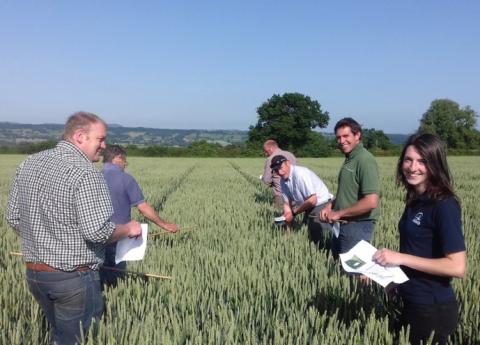Trials receive all the same inputs, except for the fungicide programme. Entrants are each allocated plots for which they are responsible for designing the fungicide programme, based on information on the crop and updates during the season on disease development. All plots are monitored for disease, harvested and yields statistically analysed to establish which programmes achieved the highest margin over fungicide cost.
The results of the 2021 trials are now available on the AHDB website: https://ahdb.org.uk/wheat-fungicide-margin-challenge-adas-ahdb






